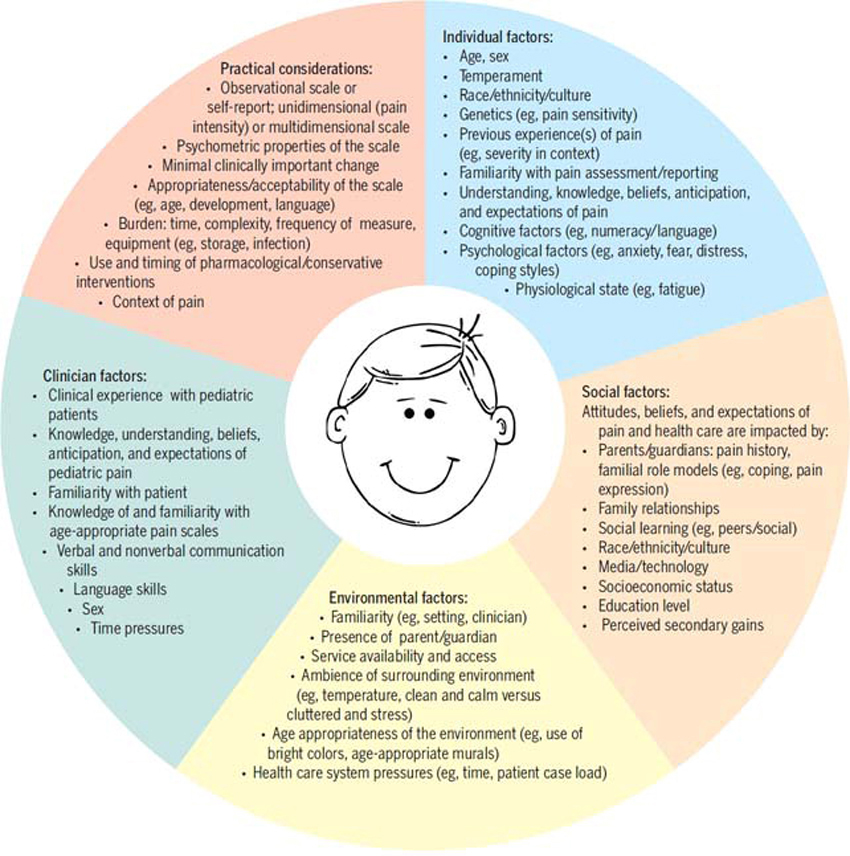A Proposed Model With Possible Implications for Safety and Technique Adaptations for Chiropractic Spinal Manipulative Therapy for Infants and Children
SOURCE: J Manipulative Physiol Ther. 2013 (Jul 8) [Epub] ~ FULL TEXT
Aurélie M. Marchand, DC, MScACPP
Doctor of Chiropractic,
Private Practice,
Padova, Italy.
aureliemarchand@hotmail.com
OBJECTIVE: A literature review of tensile strength of adults and pediatric human spine specimens was performed to gather information about biomechanical forces and spinal differences of adults and children and to synthesize these findings into a scaling model to guide safety and clinical decisions for spinal manipulative therapy (SMT) for children and infants.
METHODS: The literature search was performed using PubMed from inception to November 2012 with no filters or language restrictions. The search included terms related to pediatric spine biomechanics and tensile strength. Studies included those in which human tensile strengths necessary to create anatomical damage in the cervical, thoracic, or lumbar spine of pediatric human subjects were recorded. The pediatric population was defined as human subjects from birth to 18 years old. Biomechanical findings were used to propose a scaling model based on specimen age and differences in tensile strengths. A model of care was proposed using the scaling model and the existing literature on pediatric technique adaptations.
RESULTS: Nine experimental studies were selected, 5 in the pediatric population (46 specimens) and 4 in the adult population (47 specimens). Mean tensile strengths were estimated, and ratios were used to describe differences between 4 age groups. The preliminary model of care proposed includes maximum loading forces by age group. From these studies, a model showed a nonlinear increase in the cervical spine tensile strengths based on specimen age.
There are more articles like this @ our:
CONCLUSIONS: The literature showed that tensile strength differences have been observed between pediatric and adult specimens. A preliminary model of care including pediatric SMT technique adaptation based on patient age is proposed, which may possibly contribute to further knowledge of safety and clinical implications for SMT for children and infants.
Key Indexing Terms: Chiropractic, Children, Therapeutics, Manipulation, Spinal
From the Full-Text Article:
Introduction
Spinal manipulative therapy (SMT) is currently used to treat and manage a wide variety of musculoskeletal conditions. [1] The application of precisely controlled high-velocity, low-amplitude thrust to a joint during SMT causes tissue deformation of the spine and surrounding tissue. [2] The thrust is designed to restore motion in the targeted joint by applying force to the area of segmental restricted motion. [2, 3] Theoretically, the thrust is applied in the paraphysiologic space of joint motion [4] while taking care not to exceed the anatomical limit leading to joint trauma and pathology. The osteokinematic movements and arthrokinematic movements have guided the rationale and the application of SMT in adult patients by considering the mechanical forces introduced in a joint (tension, compression, shear, torque) in relation to tissue properties contributing to kinetic joint stability and integrity (muscles, ligaments, facet joints, intervertebral disks). [3] Spinal manipulative therapy and thrust application are based on aspects including anatomy, tissue properties, and spinal biomechanics, as is noted by the lower loads applied in the cervical spine compared with the stiffer thoracic spine. [2]
Read the rest of this Full Text article now!





Leave A Comment